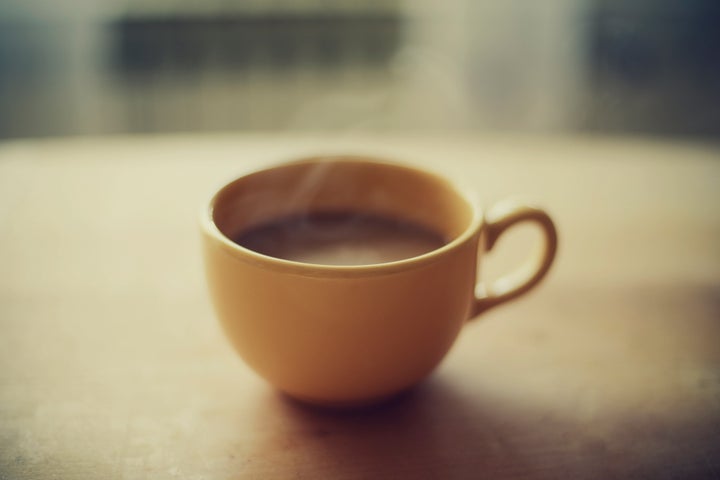
If you grew up stateside, you’re taught that a cup equals 8 ounces. The recommendation of daily water intake is based on this measurement ― eight cups of 8-ounce glasses of water. But if you’re making coffee, a cup IS NOT defined as 8 ounces, no matter where you are. In fact, a cup of water for making coffee is generally only 6 ounces.
If you’ve been brewing your coffee based on the 8-ounce measurement, that could be why your morning cup doesn’t taste good. For the right ratio of water to beans, you want 6 fluid ounces of water to 1 tablespoon of ground coffee. There is a chance that your coffee maker already uses the 6-ounce measurement for its cup. But some makers use 5-ounce cups and others use something closer to 4.
Why? Why is the world out to mess with our coffee and brains? It turns out that the volume of a cup changes depending on where you are ― and has even slightly changed throughout history. The cup is not an internationally recognized standard of measurement.
One reason for the discrepancy is that many parts of the world go by the metric system. This means that a cup equals 250 milliliters, which comes to about 8.45 fluid ounces. However, in Japan a cup equals 200 milliliters (6.7 ounces) and in Canada it equals 227 milliliters (which is 7.6 ounces). You can see how it gets confusing.
Then there’s the fact that we refer to too many things as a cup. There’s the literal cup we put liquid in ― like coffee. There’s the measurement the cup, which in the U.S. refers to 8 ounces. Then there’s the coffee maker manufacturers cup, which can vary in measurement from 4 to 6 ounces.
Are you confused yet? Fear not, we come with a solution: a scale. Measure your coffee and water by grams and you will always come up with a good cup ― no matter how many ounces it translates to.